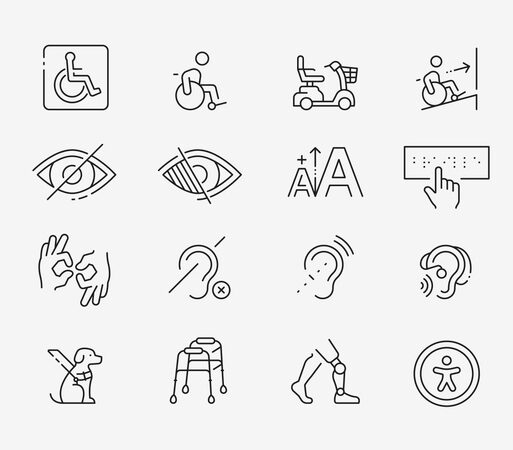Falls are a leading cause of injury, hospitalization and disability among elderly adults but the cause of falls differs between younger and older adults. With a quickly growing senior population, researchers are looking at how technology and healthcare can work together to help prevent falls and keep older adults living more independently, longer.
According to a recent report by ThirdAGE.com, a health and wellness site, researchers from the National Institute of Health’s Women’s Health Initiative studied the walking ability of a group of 67 women over the age of 60. Study participants were asked about their fall history during the past year and their walking patterns were measured with a motion sensing device worn for a week. The study was published July 11, 2018 in the journal Nature Digital Medicine.
Using the data recorded by an accelerometer, the walking pattern of study participants was measured and the risk of falling could be predicted. Older adults tend to fall, not only because of slippery surfaces, a misjudged step or tripping hazards. Seniors who lose muscle strength can become unsteady standing up or sitting down. By accurately predicting an increased risk for a fall based on the measurements taken by a small device worn at the hip or with a cell phone app, doctors would be able to prescribe preventative exercise programs to seniors before a fall occurs.
In 2014, nearly 2.8 million American adults were treated for fall-related injuries in emergency departments and approximately 27,000 seniors died as a result of a fall or fall-related injuries. With better screening for fall risks and more preventative care, it is hoped that the number of falls and injuries from falls can be significantly reduced and older adults can remain mobile, independent and socially connected with their communities.







Add Your Voice
0 Comments
Join the Discussion